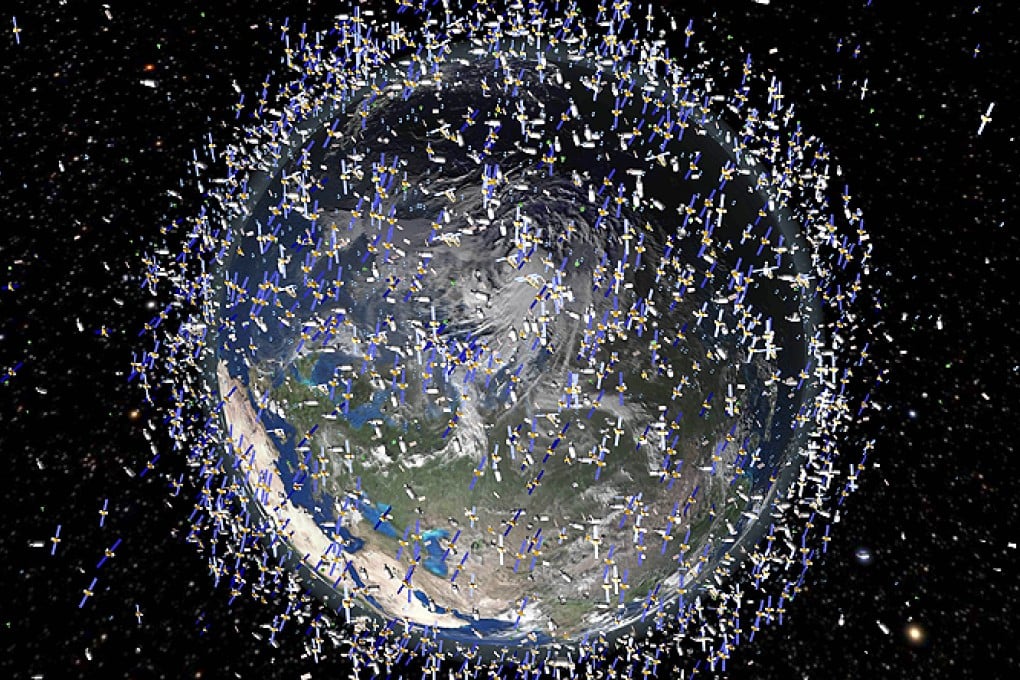
Australian scientists said on Friday they aim to prevent a real-life version of the space disaster scenario portrayed in Oscar-winning film by removing extraterrestrial debris with lasers.
There are hundreds of thousands of pieces of space junk in orbit that are big enough to do serious damage to a satellite or space station
“We now want to clean up space to avoid the growing risks of collisions and to make sure we don’t have the kind of event portrayed in ,” said Matthew Colless, head of the Research School of Astronomy and Astrophysics at the Australian National University.

Later this year the new Space Environment Management Co-operative Research Centre will begin research on how to better track tiny pieces of debris and predict their trajectories, largely based at Mount Stromlo Observatory in the Australian capital of Canberra.
But it will ultimately aim to knock them off their paths by hitting them with Earth-grounded lasers, forcing them to slow down and fall back into the atmosphere, where they will burn up harmlessly.
Colless said something needed to be done to remove space junk given the ever growing amount of discarded material orbiting Earth – from tiny screws to parts of old rockets.
There is now so much debris that it is colliding with itself, making an already big problem even bigger
“There are hundreds of thousands of pieces of space junk in orbit that are big enough to do serious damage to a satellite or space station,” he said.
